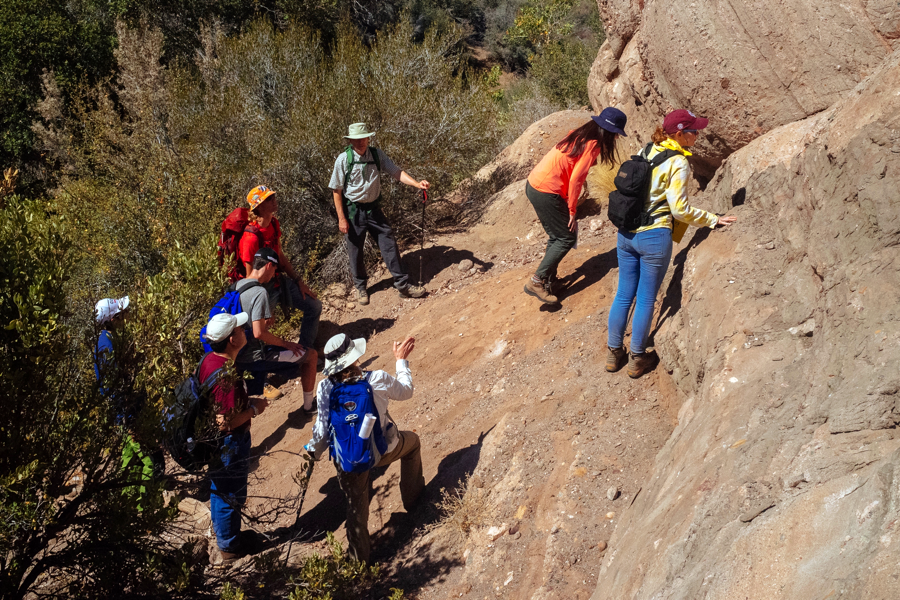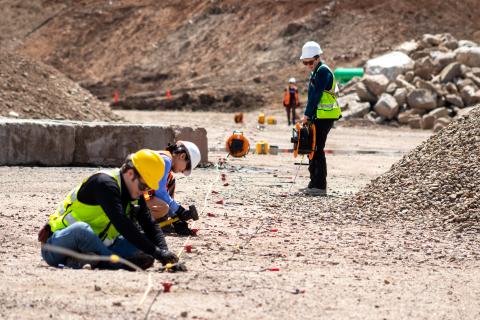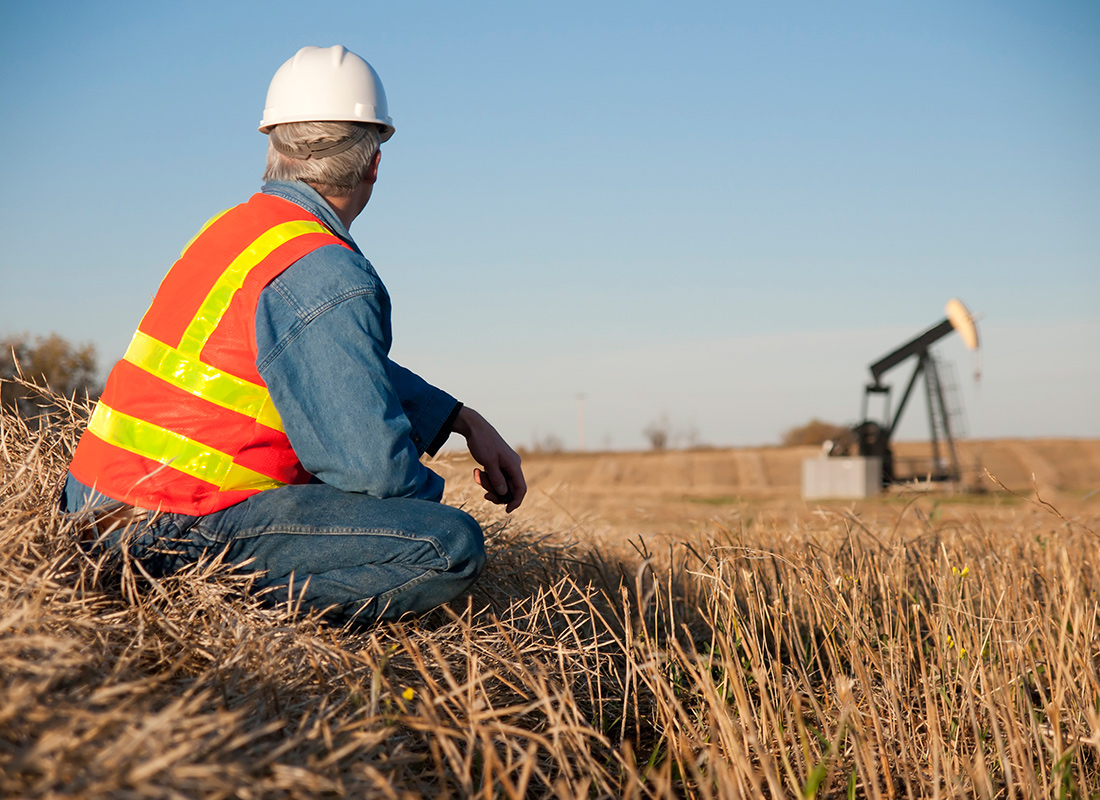All Categories
Featured
Table of Contents
Marine Geophysical Surveys in Walliston Oz 2022

(PREM)., and the borders in between layers of the mantle are constant with stage transitions.

This makes plate tectonics possible. Schematic of Earth's magnetosphere. The solar wind circulations from left to right. If a world's magnetic field is strong enough, its interaction with the solar wind forms a magnetosphere. Early area probes drawn up the gross measurements of the Earth's magnetic field, which extends about 10 Earth radii towards the Sun.
Inside the magnetosphere, there are relatively dense areas of solar wind particles called the Van Allen radiation belts. Geophysical measurements are typically at a particular time and place. Precise measurements of position, in addition to earth contortion and gravity, are the province of geodesy. While geodesy and geophysics are separate fields, the two are so closely linked that lots of clinical organizations such as the American Geophysical Union, the Canadian Geophysical Union and the International Union of Geodesy and Geophysics include both.
Geophysical Survey - Suffolk Heritage Explorer in Gosnells Western Australia 2023
, integrates astronomical coordinates and the local gravity vector to get geodetic coordinates. This technique just supplies the position in two coordinates and is more tough to use than GPS.
Gravity measurements ended up being part of geodesy since they were needed to related measurements at the surface of the Earth to the recommendation coordinate system.
Sea level can likewise be determined by satellites utilizing radar altimetry, adding to a more accurate geoid. In 2002, NASA released the Gravity Healing and Environment Experiment (GRACE), where 2 twin satellites map variations in Earth's gravity field by making measurements of the range between the 2 satellites using GPS and a microwave ranging system. , which are studied through geophysics and area physics.
Geophysicist Job Description: Salary, Duties, & More in Tuart Hill Western Australia 2022

Given that geophysics is concerned with the shape of the Earth, and by extension the mapping of functions around and in the planet, geophysical measurements consist of high accuracy GPS measurements. Once the geophysical measurements have been processed and inverted, the translated results are outlined utilizing GIS.
Numerous geophysics business have actually created internal geophysics programs that pre-date Arc, GIS and Geo, Soft in order to fulfill the visualization requirements of a geophysical dataset. Exploration geophysics is used geophysics that typically uses remote noticing platforms such as; satellites, airplane, ships, boats, rovers, drones, borehole picking up devices, and seismic receivers.
Aeromagnetic data (aircraft gathered magnetic information) collected using conventional fixed-wing aircraft platforms should be fixed for electromagnetic eddy currents that are developed as the aircraft moves through Earth's electromagnetic field. There are also corrections connected to changes in determined potential field intensity as the Earth turns, as the Earth orbits the Sun, and as the moon orbits the Earth.
5 Surface Geophysics in Morley WA 2021
Signal processing involves the correction of time-series information for undesirable noise or errors presented by the measurement platform, such as aircraft vibrations in gravity information. It also includes the reduction of sources of sound, such as diurnal corrections in magnetic data. In seismic data, electromagnetic information, and gravity data, processing continues after error corrections to consist of computational geophysics which result in the last analysis of the geophysical information into a geological interpretation of the geophysical measurements Geophysics became a separate discipline just in the 19th century, from the intersection of physical geography, geology, astronomy, meteorology, and physics.
The magnetic compass existed in China back as far as the 4th century BC. It was used as much for feng shui when it comes to navigation on land. It was not until great steel needles could be created that compasses were used for navigation at sea; before that, they could not retain their magnetism enough time to be helpful.
By looking at which of eight toads had the ball, one could identify the instructions of the earthquake.'s (1600 ), a report of a series of meticulous experiments in magnetism.
About Environmental Geophysics in Winthrop Australia 2023
In 1687 Isaac Newton published his, which not just laid the foundations for classical mechanics and gravitation Likewise discussed a variety of geophysical phenomena such as the tides and the precession of the equinox. The very first seismometer, an instrument capable of keeping a continuous record of seismic activity, was built by James Forbes in 1844. Geochemistry, Geophysics, Geosystems. National Aeronautics and Area Administration. Recovered 13 November 2018.
Leipzig. Berlin (Gebruder Borntraeger). Runcorn, S.K, (editor-in-chief), 1967, International dictionary of geophysics:. Pergamon, Oxford, 2 volumes, 1,728 pp., 730 fig Geophysics, 1970, Encyclopaedia Britannica, Vol. 10, p. 202-202 Ross 1995, pp. 236242 Shearer, Peter M. (2009 ). Introduction to seismology (second ed.). Cambridge: Cambridge University Press. ISBN 9780521708425. Stphane, Sainson (2017 ).
Latest Posts
How To Become A Geophysicist in Dalkeith WA 2022
What Is The Best Degree Path For Becoming A Geophysicist? in Floreat WA 2023
Marine Geology And Geophysics in Rivervale Western Australia 2022